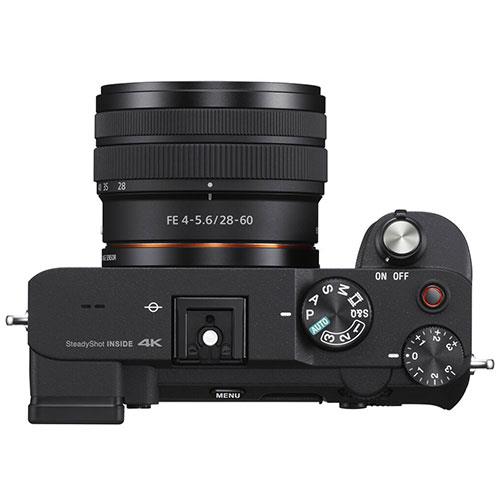
The value will probably be 10k.īack to the CPU again. Basically I need to find a CPU pin connected via a resistor to either +3.3v or GND. I've been through all the test points, and nothing looks relevant, so I'm moving on to look for resistors pulling pins high. This means the JTAG has been disabled, and I will need to find the place on the board where I can enable it. On further investigation, the JTAG port appears to have all pins programmed as outputs, and pushed high. : I've worked out why the JTAG program doesn't work. I have copied the JTAG tool from Rasmus's page, because he says he no longer has the photo frame.

Or maybe the port has just been disabled and needs some trickery at one of the test points to enable it. However I've been unable to get his program working, since my board doesn't have the JTAG connections labelled nicely like his frame has. He doesn't say on his page, but he's using Memec JTAG cable. Surely this can't be too different to the AML7210? It remains to be seen. This DPF (the only non-keychain DPF that's been hacked as far as I can see), uses the AML7216 chip. Why is DPF hacking so unpopular? Anyhow, I started searching on alternative chips from the same manufacturer, and eventually tracked down Rasmus Rohde's page. Anyhow, it wasn't much use, because it included neither toolchain nor instructions on how to build one, however it did at least tell me that I'm looking for an ARC Argonaut compiler. Search for 6210A_RELEASECODE_070803 if you want to track it down. I'm unsure of the legality of this code, so I'm not going to link to it here.

What I did find was what seems to be some example code for photo frame applications. After many, many hours scouring the net I came to the conclusion I'm not going to find a datasheet for this CPU. Unlike other manufacturers they also seem to design their own chips. Back to the CPU, which is by far the most interesting thing here.ĪMLogic are a large company manufacturing many different types of photo frame. Well, it seems this won't be running Linux any time soon, but I have the Bifferboard for that - this is just supposed to be a display, after all. There's also a 4MByte flash ram chip, 29LV320, just like you find in most routers, and a 2MByte DRAM chip. So, the first thing I see is a 'CPU', the AML6210DT.


 0 kommentar(er)
0 kommentar(er)
